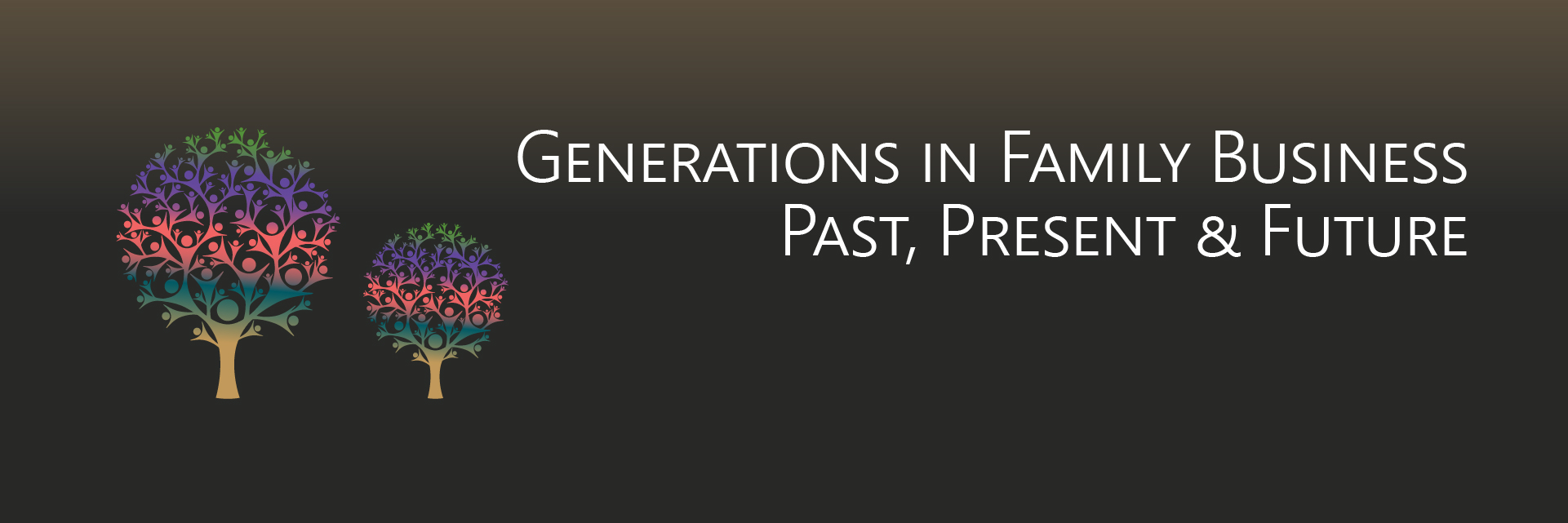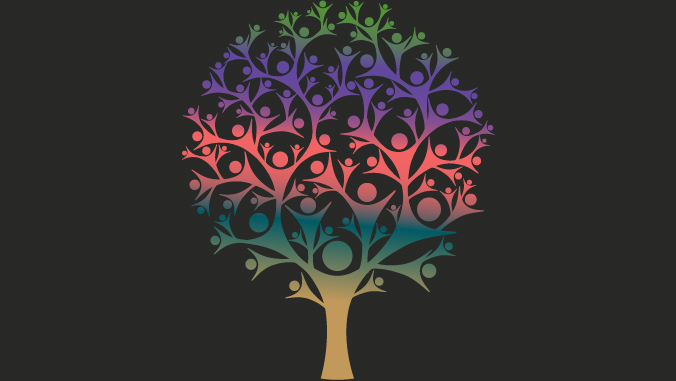
Human Resource Management Diagnostic Model: Maintaining Human Resources
- Published
- Jul 31, 2019
- Share
In this episode, Matt Kerzner and Tim Schuster have a high level discussion regarding the importance of maintaining and protecting Human Resources. Using the human resource diagnostic model and developing policies and procedures can help maintain a healthy organization.
Transcript
Tim Schuster: Welcome to our podcast for “Generations in Family Business: Past, Present, and Future.” Our hosts for this podcast are myself, Tim Schuster, a manager in The Center for Family Business Excellence, and also joining us today, as always …
Matt Kerzner: Hey, it's Matt Kerzner. I'm a senior manager in The Center for Family Business Excellence.
TS: Matt, it's a pleasure as always, my friend. So to continue our conversation of the diagnostic model for human resource management, we discussed in our last podcast an overview of human resource process, specifically development. Now we're going to discuss maintaining and protecting human resources. So Matt, why is maintaining and protecting HR important to an organization?
MK: Before I actually jump into that, let's just recap for a minute. The HR diagnostic model has four major buckets to it. One is acquiring human resources, getting talent. We talked about that. Once you do that, you want to reward and recognize your human resources. We did a podcast on that and, as you mentioned, we did the developing of human resources.
We put all this effort in of getting people, rewarding and recognizing them to make sure that they feel that they're getting what they're worth, right? The value. And we want to reward people for going above and beyond. Obviously, we want to grow and get ready for succession planning and get our bench ready. But what happens if you don't put policies and procedures together to protect our employees? What happens is it could cause some conflict. People can leave. There's violations of policies because people aren't aware of them. So it's really important that once you now start developing your good base of employees, you have these policies and procedures in place to protect them. We need to protect ourselves and others in the workplace.
TS: That makes sense. So it's interesting because as a business owner listening in to this, they're thinking to themselves, I don't have any of this in place. So how does one start to put something in place?
MK: Yeah, so really simple. First of all, I always start with the basics. Do you have a handbook? Do you have anything that talks about your organization's culture and ground rules? You need rules of engagement.
TS: Like a credo, essentially. How can we steer the ship in that direction? What are we looking for? What's our mission?
MK: Exactly. And we'll talk a little bit about that a little later into the podcast, but I always start with the basics. If you're a new employee looking for information, where do you find it? Where is that stuff stated? If you have a time and attendance policy, where is that? If you expect people to be in work at eight o'clock, where is that documented? If people are doing things that are illegal, immoral or unethical, how do they know this? So you have to set those ground rules and lay that out for people. So to answer your question, I start with, do you have a basic handbook? Do you have a book that has a manual that has these policies and procedures? If you don't, I always say if you have more than 15 employees then you better.
TS: I almost feel like almost every organization should have something at least written down. From a timeline perspective, let's say there isn't one developed yet. What timeframe should a company have in order to create one?
MK: I don't want to put a timeline on it because you want quality. You baby-step it. So I would start with a look at what you have, because I guarantee every company ran into a problem where they had to address an employee for one thing or another. And whenever that happens, you should always document what it was and then decide if you need to create a policy or procedure on that. If there's not a human resource department, your CFO or controller or whomever is in charge of onboarding people or paying people that they keep tabs or keep a journal of issues and then create policies as things go. Also, depending on what payroll company you use, they also offer some of the basic manuals, policies or procedures.
That’s not your end all, be all. You use that as a baseline or a starting point. And I would reach out to them and ask them what documents they have that usually you already pay for when you're paying for your payroll services to see what kind of basics they have. That's a start, but you have to customize it to your organization. Now I use the magic number of 15, Tim. When you have 15 employees or more, that's when rules start coming into play. So one of the things we didn't talk about this HR model is you have to think about both internal and external influences when you're dealing with people. Internal environmental influences are basically your employees, leadership, the family. But when you're dealing with external environmental influences, that's the government.
That would be federal, state and local. They have laws that you have to abide by and they're not the same either, which makes it complicated. So you want to make sure that you're following the rules. I always tell people you should develop these policies sooner than later. More importantly, you should advise with your employment attorney and understand any changes of the laws that come into play for federal, state, and local to make sure that your policies and procedures are compliant with the law. You can't just have something that's not legal. You want to make sure you're compliant but more importantly, laws change. So at least once a year you should be reviewing your policies and procedures and getting any updates of changes. And then make sure that you're educating whomever is in charge and then communicating the changes out to your workforce.
TS: That makes sense. So, Matt, how do we link this back to the strategic roadmap?
MK:Another great question. So for those who didn't listen to the podcasts on the strategic roadmap, we talked about mission, vision and values, which we talked a little bit about today. And then how do you grow the business? How do you do operation efficiency and then develop people? Well, obviously if you're developing your people, you're bringing in talent, you're getting them ready to take over. The worst thing you can do is not have policies and procedures in place and then have somebody get promoted from an hourly worker on the shop floor to a supervisor, say. But then they don't understand. They only know what they know. So then they're now managing and supervising people without understanding.
So you want to make sure that the people side of the strategic road map. Part of that, when I go into organizations and I work with family owned businesses or tightly held businesses, the first thing I do is I ask them policies, procedures, and what's their handbook look like. If they don't have those, that's the first step. Under the bucket of people, when I'm going through that process of the strategic road map, this is where that falls in.
TS: That's brilliant. Matt, thank you so much for being here today. And thank you for listening to “Generations in Family Business: Past, Present, and Future” as part of the EisnerAmper podcast series. If you have any questions or there's a topic you'd like us to cover, email us contact@eisneramper.com. Visit eisneramper.com for more information on this and a host of other topics. We look forward to having you listen to our next EisnerAmper podcast.
Also Available On
More in this Series

Human Resource Management Diagnostic Model

Human Resource Management Diagnostic Model: External/Internal Environmental Influences

Human Resource Management Diagnostic Model: Rewarding & Recognizing Talent

Human Resource Management Diagnostic Model: Attracting Talent

Human Resource Management Diagnostic Model: Human Resource Processes

Human Resource Management Diagnostic Model: External/Internal Environmental Influences
What's on Your Mind?
Start a conversation with Timothy
Receive the latest business insights, analysis, and perspectives from EisnerAmper professionals.












